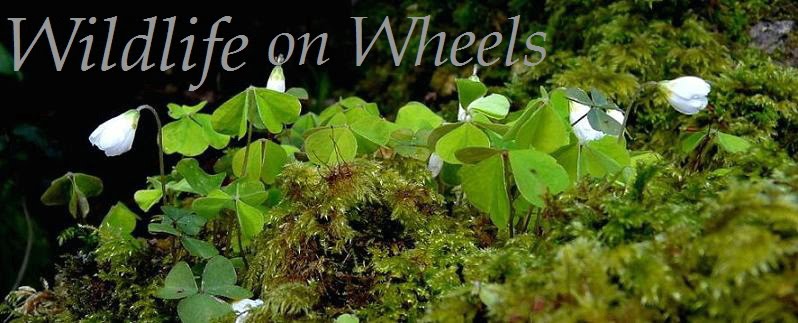Yellow Underwing,
Noctua pronuba
In the first week of September, I had two lovely Underwing moths fly in through the window.
First I spotted what I think was a large Moth on the window sill, and as soon as it started moving, I noticed the red triangle of the hindwings, as soon as it would come to rest.
Unfortunately, I was cooking at the time, and trying to capture the Moth into a temporary container,, get the camera from its shelf, (it had been raining, otherwise it lives in the window) keep the food from burning, did not work really. Later that evening I kept looking around to see if I could find this lovely Moth. Because it was all quite very hectic when I had seen it first, I was still not able to describe it properly, apart from the red Underwings. So I was hoping I'd find it the next morning at the window, looking for a way out. All I needed was a few pictures. I'm not even sure if it
was a
Red Underwing, Catacola nupta. Infact I have the feeling that the red area was bigger and without the two black lines. As I love seeing new Moths, I hate it when I have no photo, and when the meeting was so quick that I was unable to take in all the important features. I had a look at all the other Red-like Underwings, (French Red U., Crimson U, etc.)
Next day? No Moth. Perhaps this has become the first Moth which found its way out of the open window? At around 4.30 the following day, a similarly large Moth arrived on the sill. This time it was very easy to ID as the Yellow Underwing,
Noctua pronuba.
And I also managed to get a few pictures this time.
Wingspan is about 50-60mm.





A few days earlier, I found a Square Spot Rustic too:
Square-spot rustic,
Xestia xanthographa



 (actually, I might have feathered it before on Macro Monday during the summer-in its fresh state of course)
(actually, I might have feathered it before on Macro Monday during the summer-in its fresh state of course) changing droplets into little diamonds.
changing droplets into little diamonds.













































